We arrived in Tu Le at dawn, the morning mist still lingering around the mountainside. The cold air rushed into our every breath, making our steps seem to slow down.
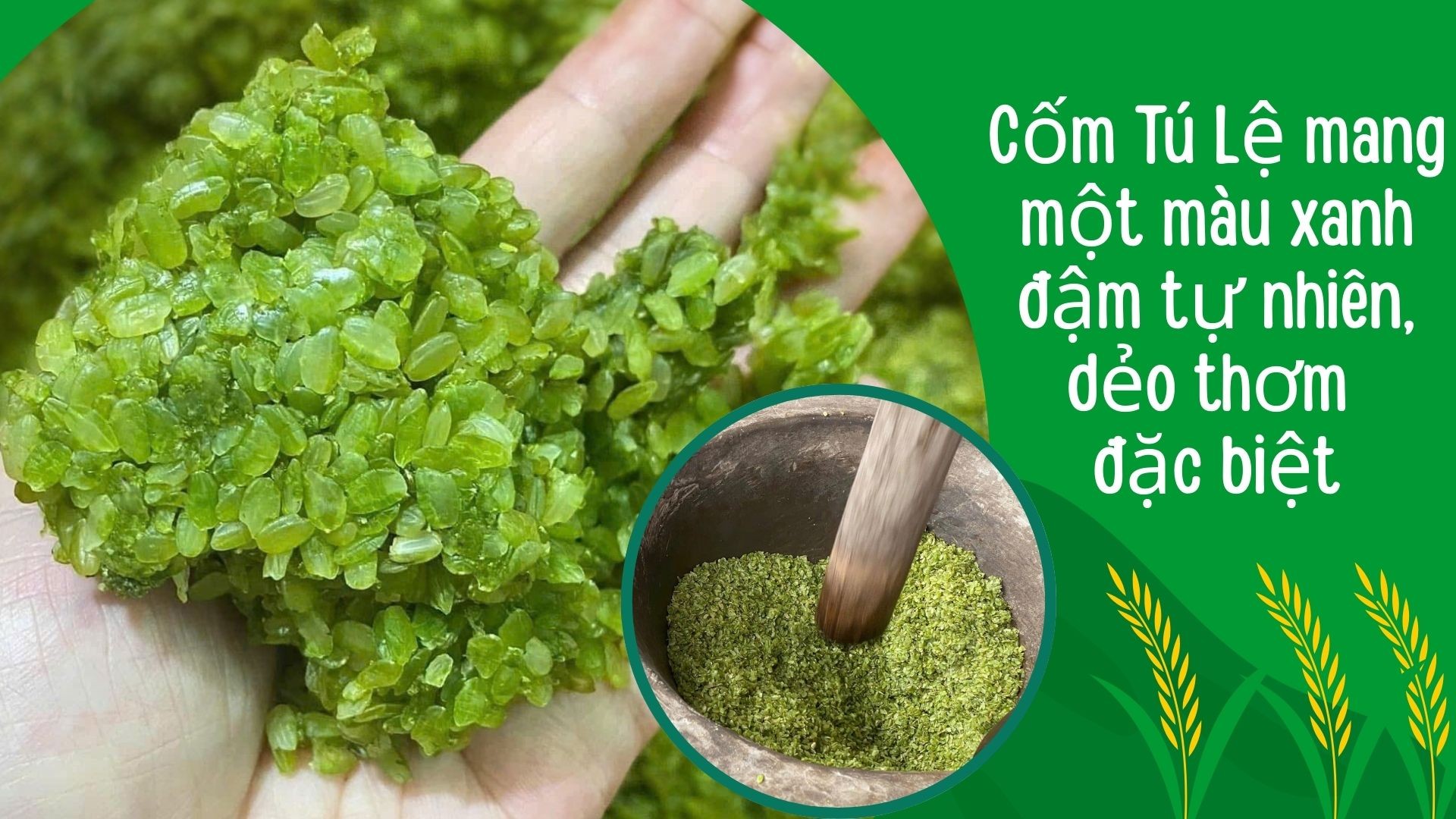
Having made an appointment, comrade Hoang Trong Nghia - Chairman of the People's Committee of Tu Le commune waited for us at the entrance of the village. While leading the group into the stream of people going to the fields to harvest rice, the Chairman of the People's Committee of the commune warmly introduced: "The craft village of making young rice flakes from Tu Le currently has 85 households. Every year from the end of July to October, when the rice is in the curling stage, the grain heads are still milky, the husks are yellow, people start harvesting to make young rice flakes".
Having said that, he picked a rice flower that was about to bend and gave it to us, explaining further: “The rice used to make green rice flakes must be Tan Tu Le sticky rice, a specialty of the Thai people here for generations. Perhaps thanks to “absorbing” the wind and rain, “drinking” the pure water flowing from the mountain stream, the sticky rice grains are so unique, they cannot be found anywhere else.”
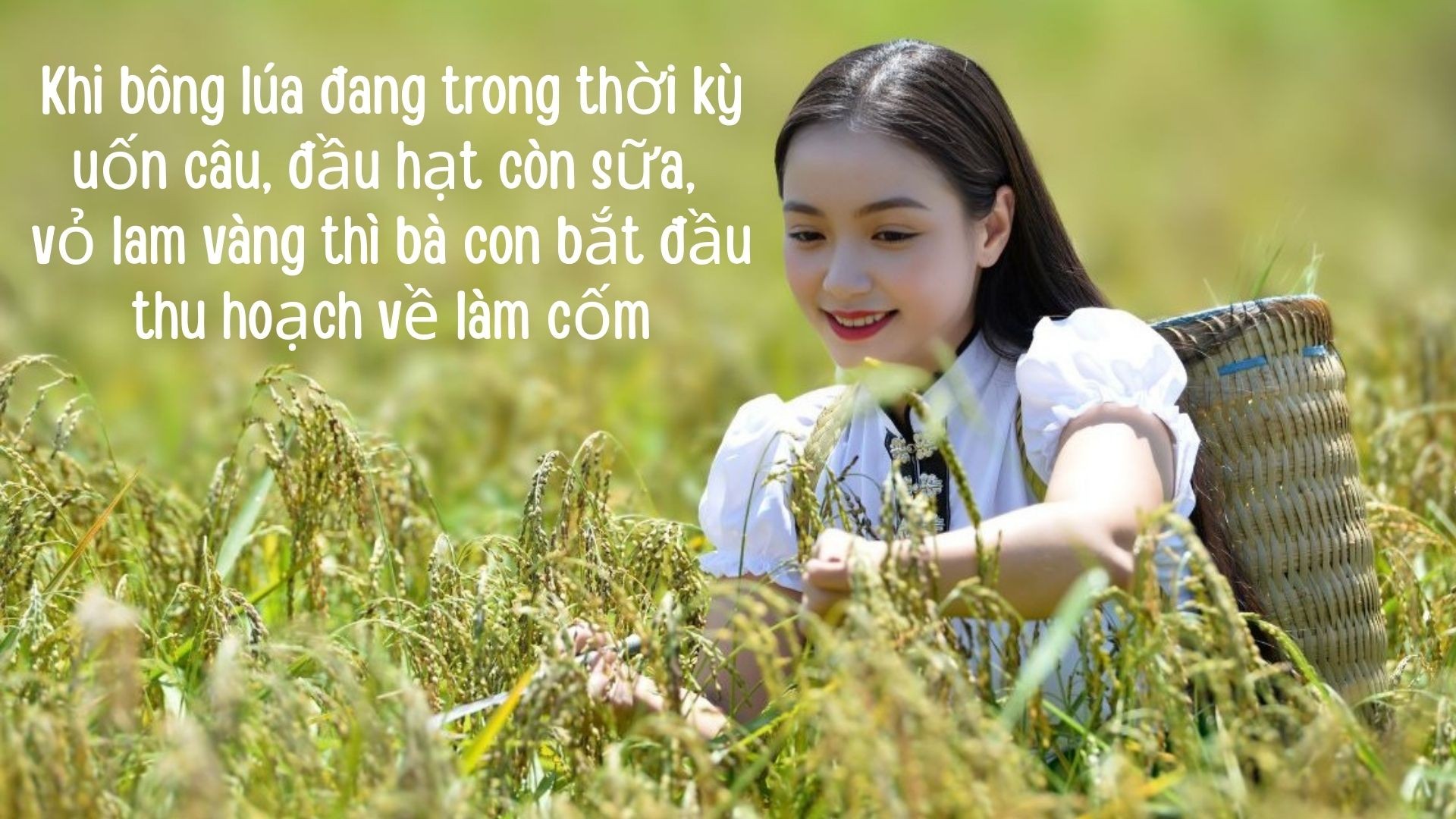
Indeed, Tan Tu Le sticky rice has a distinct sweet aroma. Biting lightly on the milky rice grain, the sweet taste seems to melt on the tip of the tongue, leaving a rich, cool aftertaste. The rice is harvested early in the morning, so at 5am, the whole Tu Le valley is bustling with laughter and the sound of sickles cutting rice. People quickly bundle the rice, others bend down to harvest, everyone's shoulders are heavy with rice baskets. In the distance, the sounds of children running and jumping, calling each other echo throughout the fields. The sounds, colors and rhythm of labor blend together to create a vibrant picture.
As the sun was gradually turning to noon, the rice baskets were returning to the village one after another. Following the introduction of many local people, we visited Mr. Hoang Van Hien’s family in Na Long village – the oldest and largest family making green rice flakes in the commune.
Welcoming guests with a gentle smile, Mr. Hien quickly stirred the pan of green rice while telling: “The rice is cut, threshed, soaked and washed, and roasted while still fresh. Roasting green rice is not simple, the fire must be low, and the hands must be constantly stirred so that the grains are cooked without burning. After roasting, let the rice cool down and then put it in a mortar. The pounding of the green rice must be steady, the pestle must be pounded firmly but not too hard, so that the grains are soft and retain their original green color.”
Having finished speaking, Mr. Hien quickly poured the roasted rice onto a tray and then put the previously cooled rice into the stone mortar. The process of pounding the green rice requires rhythmic coordination, one person beats the pestle with his foot, the other person quickly stirs the green rice with a large wooden or bamboo stick to prevent the green rice from clumping. When the shell is cracked, the green rice is taken out and cleaned, then repeated until the grains are flat, sticky, and fragrant. This is also the process that tourists often enjoy participating in. Directly participating in making green rice, beating the pestle on the mortar, witnessing each green rice grain gradually appearing under one's skillful hands will be a special experience that helps tourists understand more about the labor, ingenuity and dedication of the people.
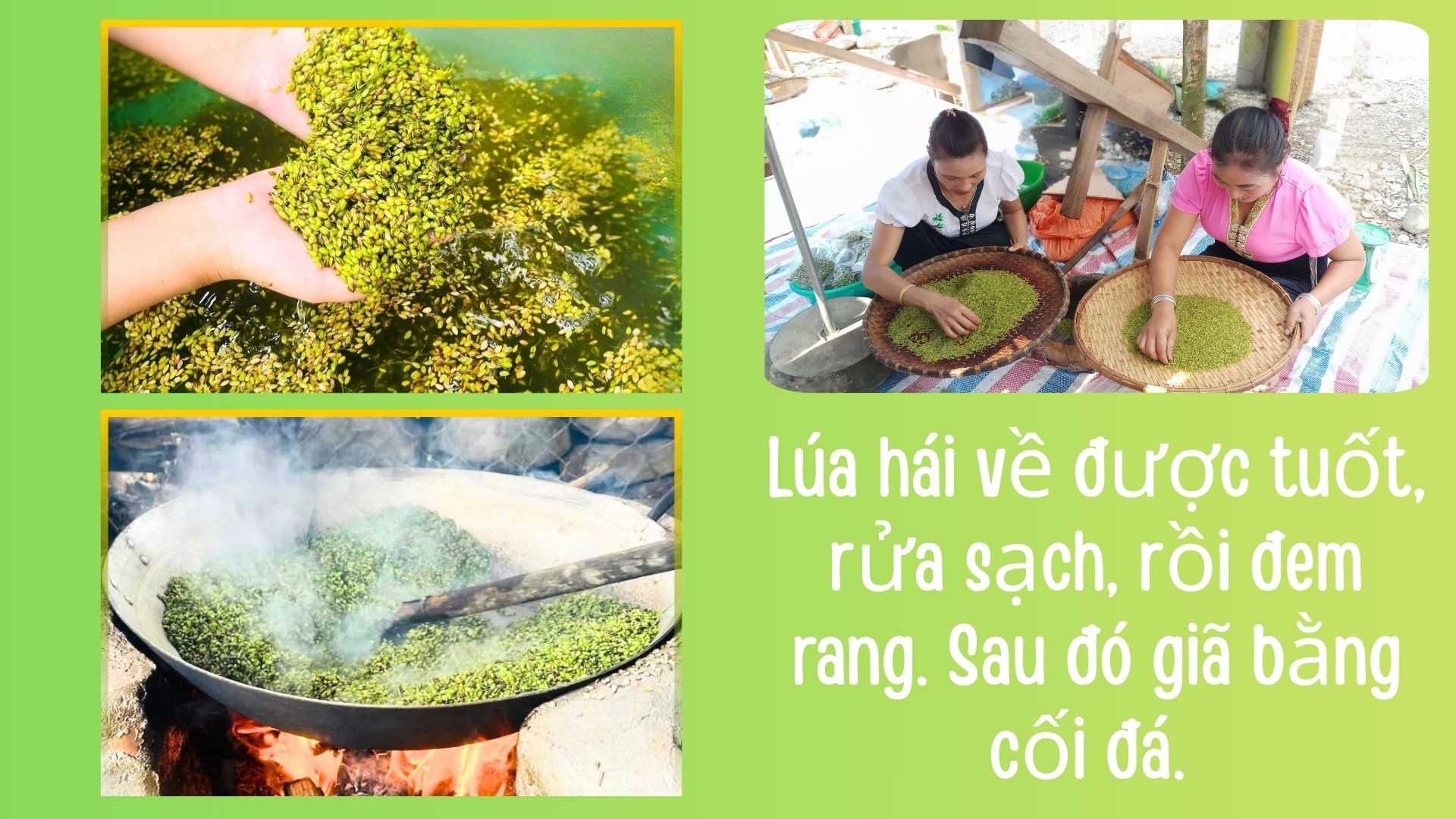
Tu Le green rice flakes not only attract tourists but also contribute to the livelihood of the people in the highlands. Each harvest season, tons of green rice flakes are made and sent to all localities across the country, becoming an important source of income. Thanks to those green rice flakes, people's lives are more prosperous, family meals are sweeter with the thousand-year-old sticky rice.
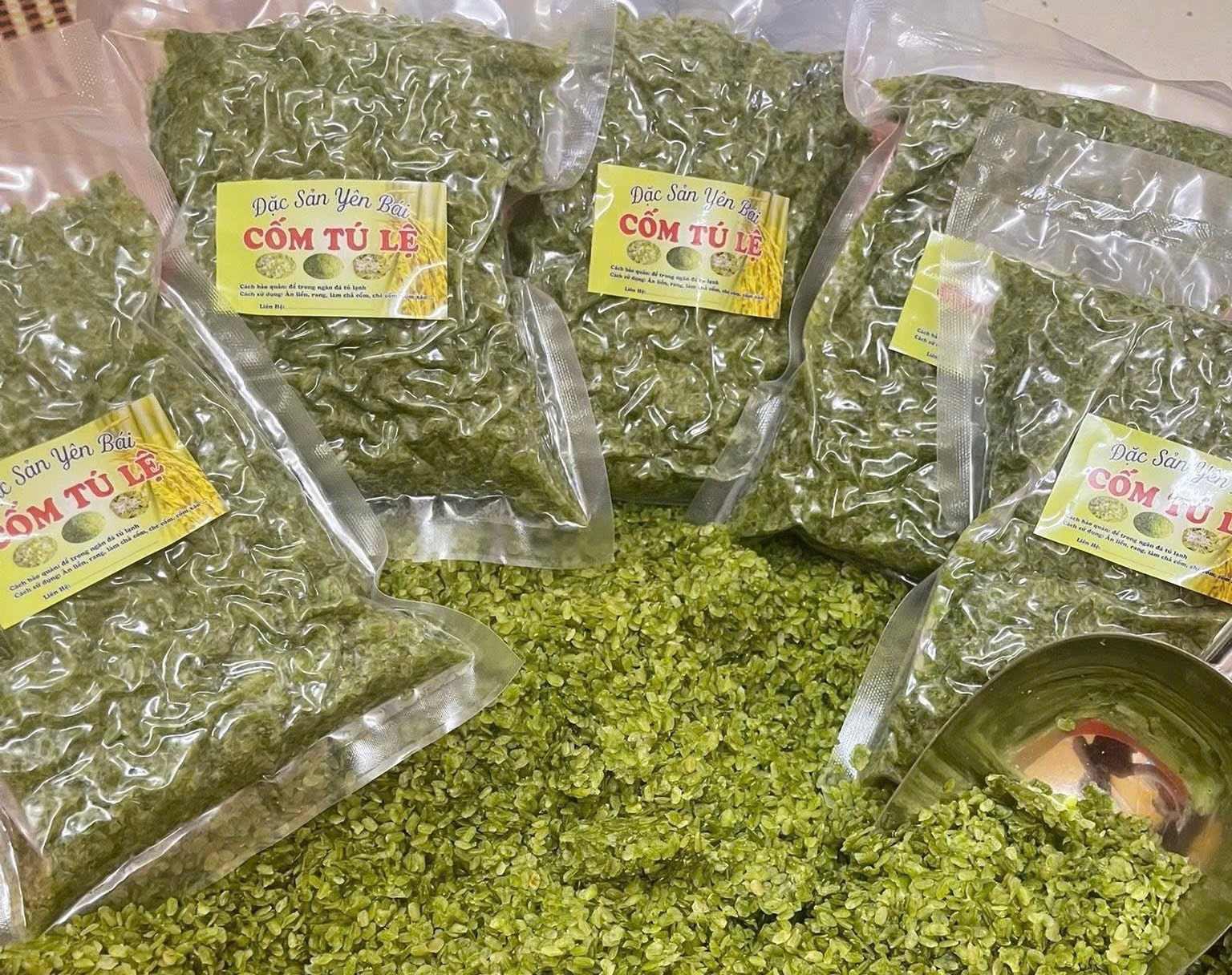
Comrade Hoang Trong Nghia - Chairman of Tu Le Commune People's Committee shared more: "In the past, Tu Le people only made green rice once a year, but due to the demand of tourists, green rice is made in both the winter-spring and summer-autumn crops, peaking from July to October. In this crop, each family produces an average of 20 kg of green rice per day, some families even produce 50 kg/day. The price of green rice ranges from 100,000 to 150,000 VND/kg. Currently, Tu Le green rice has also been developed into an OCOP product, linking the craft village with community tourism. In the coming time, the commune will continue to guide people to develop green rice production as a unique tourism brand, combining technical training, improving product quality and packaging, and expanding the consumption market. In particular, promoting incentives for production households to cooperate, build introduction points, and experience green rice making for tourists, thereby both preserving the traditional craft and improving economic efficiency."
Saying goodbye to Tu Le when the afternoon sun had just set, the valley still had the scent of young rice. We brought with us the sweet taste of autumn, of Tan sticky rice, back to the city.
Source: https://baolaocai.vn/huong-com-goi-thu-ve-tu-le-post880826.html




![[Photo] Prime Minister Pham Minh Chinh receives President of Cuba's Latin American News Agency](/_next/image?url=https%3A%2F%2Fvphoto.vietnam.vn%2Fthumb%2F1200x675%2Fvietnam%2Fresource%2FIMAGE%2F2025%2F12%2F01%2F1764569497815_dsc-2890-jpg.webp&w=3840&q=75)


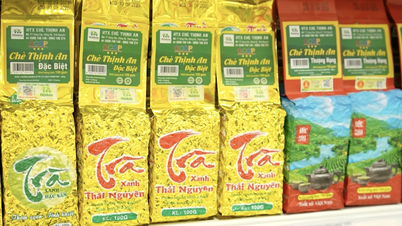

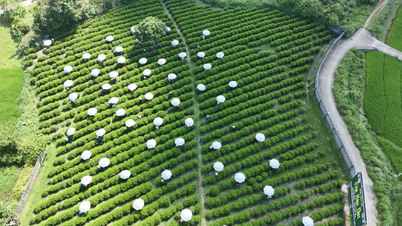
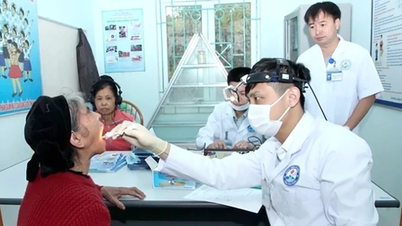

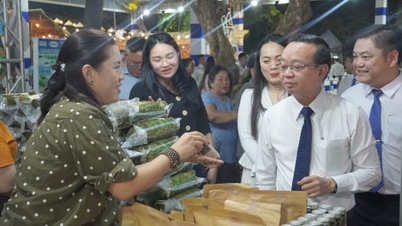

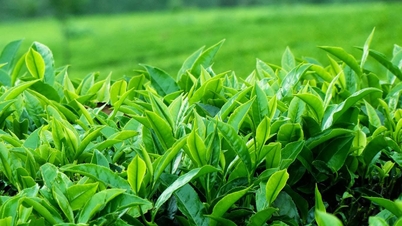






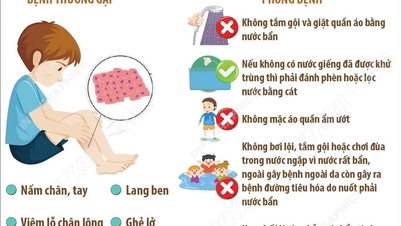









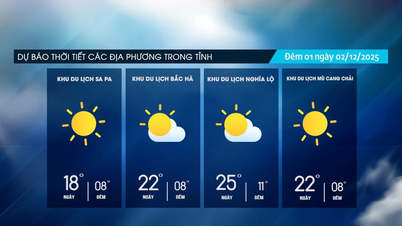

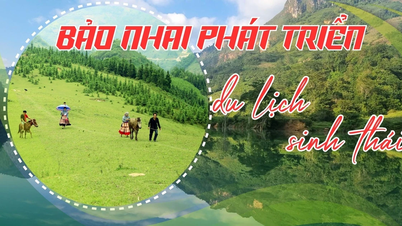
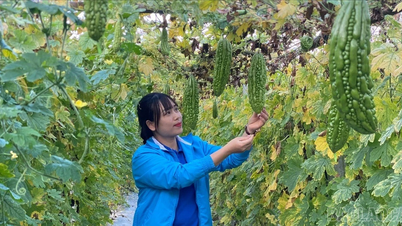
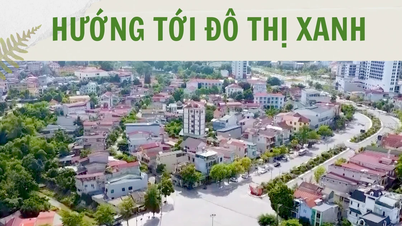




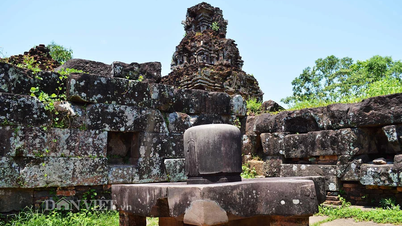


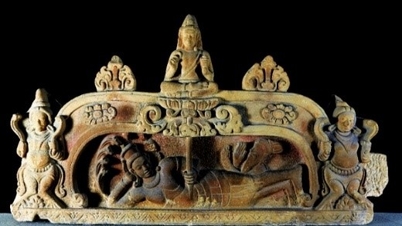
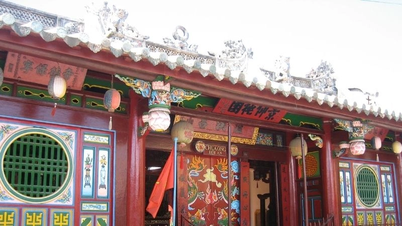


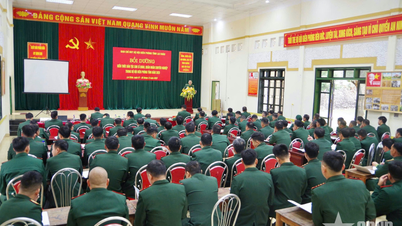



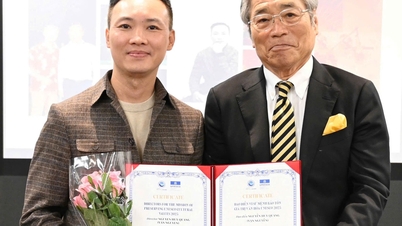





























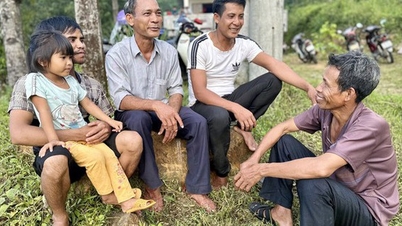


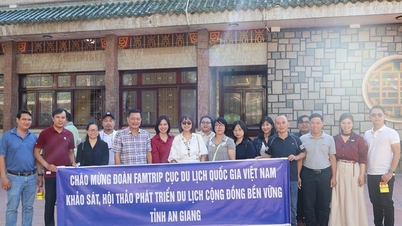






















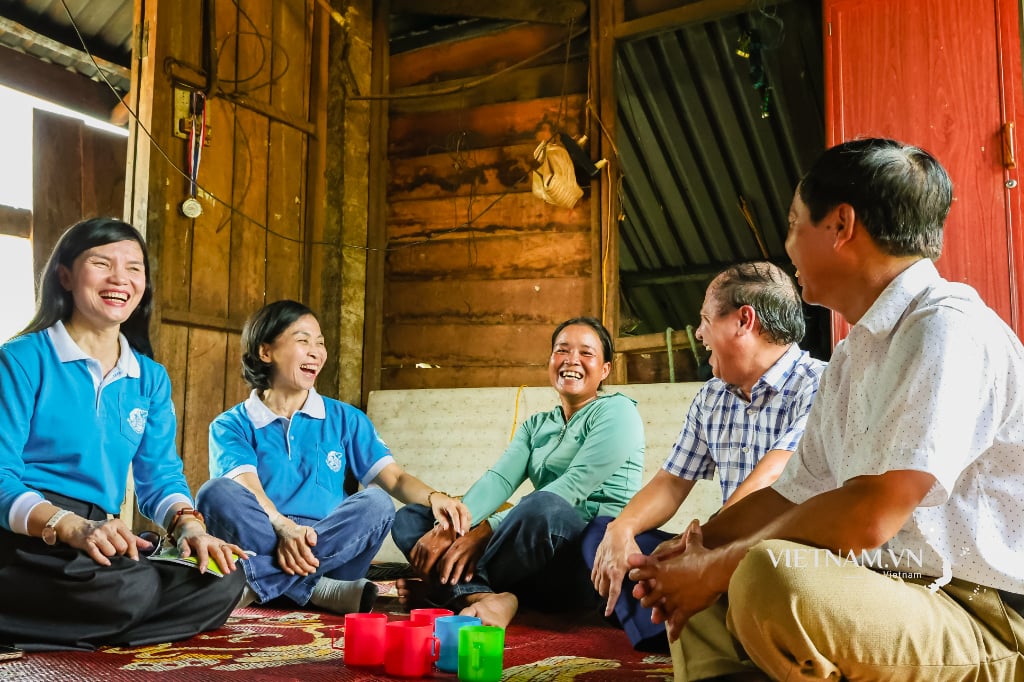
Comment (0)